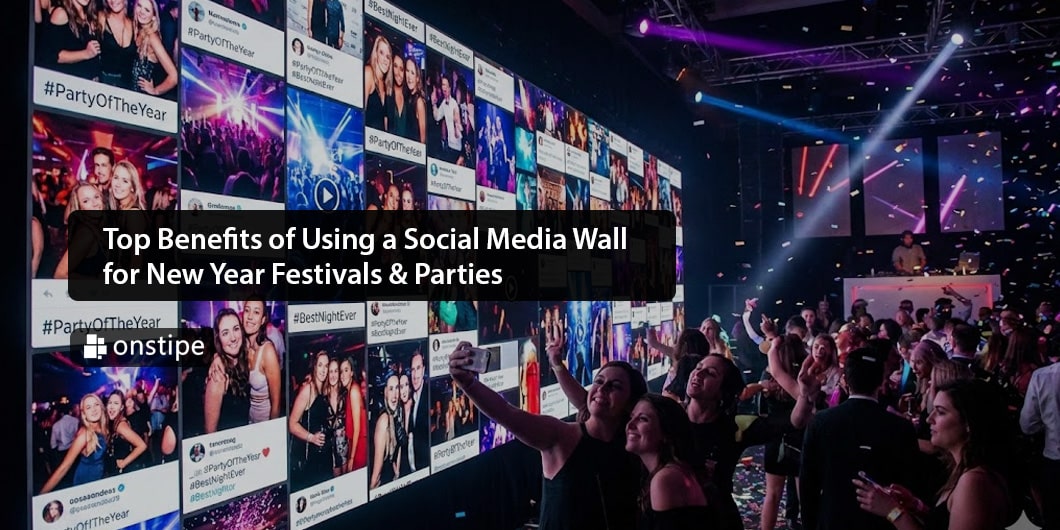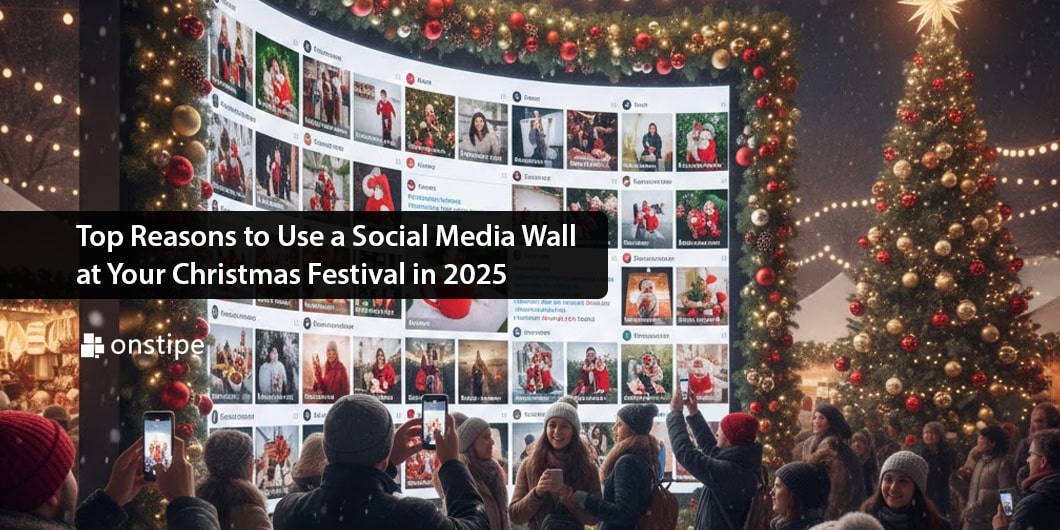Let’s suppose.
You landed on a brand website. You are interested but hesitant, as you are new to the brand and are unsure about its reliability. But then you start scrolling through the website. You find happy customers with the brand’s products. And these photos are linked to their sources, ensuring authenticity.
Now think of yourself, after seeing such authenticity, won’t that business feel reliable to you?
You will find it real, reliable, and trusted. Right?
Well, that’s the power of social walls on websites. These walls serve as a digital display where you, as a business, showcase how satisfied your customers are with your products/services. You can think of it as a marketing tactic to turn new visitors into long-term customers.
Now that you have understood the benefits of a social wall and are thinking about publishing one on your website, wait there. This is not just about slapping random social media posts on your website.
You have to be strategic. And this is what this blog post aims to help you with: “how to curate a perfect social wall for your website”.
Let’s get started.
Steps to Make a Perfect Website Social Wall
Creating a social wall for a website requires strategic planning. Posting some random content will give you no benefit. You have to take care of little things, such as the design of the wall, CTAs, content, and placement etc. So, if you are willing to create a social wall for your website that leaves visitors in awe, follow the steps below.
1. Start With a Clear Goal
The first step in curating a social wall is setting a clear goal. Everything else will stem from it. So be clear and decide what you want to achieve by building this wall.
Is it for showcasing UGC (user-generated content) to build social proof? Or is it for highlighting your brand’s new products? Whatever the purpose, just make your mind clear.
Once you are clear about the goal, note it down and spread it across your team. This will help you at every subsequent stage, including designing, collecting content, and placements etc.
2. Choose the Right Social Media Platforms
“Quality beats quantity when it comes to platform selection.”
It is not necessary to forcefully include the content from multiple social media platforms. Depending on your goal, decide which platform will be best for you to pull the content.
As you know, not all social media platforms are equal. Each is intended to serve a distinct audience type and cater to a specific kind of content.
So, play smartly here too. Here are some tested suggestions from our end.
- If your website focuses on visual content or lifestyle branding, pulling content from Instagram will be a good choice.
- If the website publishes news content, then go for X former Twitter.
- Is it B2B content that your website focuses upon? If so, pulling content from LinkedIn will be best for you.
- If your website hosts video content or stories, consider YouTube and TikTok.
As an example:
If your website is a photography blog, you should pull the content for social wall from Instagram or Pinterest. However, if you have a SaaS-based website, LinkedIn will be the right choice for you.
3. Select the Best Content to Feature
Selecting the content for a social wall is what matters the most. Just because you are tagged in a post on a social media platform does not mean it belongs to your website homepage.
Your goal should be to curate an attractive social wall, rather than cluttering your website with too many posts.
Below, we have listed some types of content that are considered suitable for posting on social walls. Consider including such content for yours.
- UGC (photos or videos from real users)
- Influencer mentions or endorsements
- Product tutorials or reviews
- Event recaps
- Behind-the-scenes footage
For better selection, you can use an aggregator tool (covered below). It will help you to filter content by keyword, hashtag, or platforms.
| Bonus Tips Avoid using content that has poor quality images or off-brand language. Manually check all the posts, especially if the wall is going to be on the homepage. Try posting the original content as it is. This will help you maintain authenticity. Yet, the polished version seems nice and attractive, but according to experts, real content always performs better. |
4. Use a Social Media Aggregator Tool
If you are a website owner or handle one, you might already know that embedding multiple social media posts in a section is quite hectic and time-consuming. But using a social media aggregator tool makes things simple.
Social media aggregator (Onstipe) is a tool that enables you to pull content from social media platforms automatically. It will allow you to choose content based on hashtags, keywords, and trends.
Moreover, it also assists you in moderating content before it gets published. You also get design templates from social media aggregators. Above all, they are easy to embed in websites.
| Tip If you are on a budget, you can start with Onstipe’s free plan to experiment. |
5. Pick the Right Hashtags and Keywords
Hashtags act as the magnets for pulling in content. Choosing the wrong ones will flood your wall with irrelevant or low-quality posts.
While choosing the hashtags, try to:
- Use a branded hashtag
- Mix in event-specific hashtags
- Avoid generic ones
The good thing: Onstipe social media aggregator is a good assistant for choosing the hashtags for social media walls.
By using the correct and relevant hashtags, you can attract the community to participate on your social wall.
6. Customize the Layout and Design
Your social wall should seamlessly integrate with your website. It should not give the impression of an ordinary widget pasted on top of the website. To make it feel like part of your website, customize the design well. Match the social wall with your brand’s fonts, colors, and button styles.
Use layout types that match your content. For example, you can use:
- Grid for product or visual posts
- Carousel for testimonials or influencer shout-outs
- Single-column for blog-style or text-heavy content
Whatever layout you plan to use, ensure it looks great on mobile devices. According to a study, the majority of web traffic comes from mobile devices, over 64%.
| Tip Keep your wall scannable. Avoid overwhelming users with too much in one view. |
7. Promote Engagement Through the Social Wall
Once you have finalized the layout and the design, make the social wall live on your website. Don’t just expect people to stumble upon it and contribute. You have to market it and actively invite participation.
For this, do the following:
Add catchy CTAs and don’t just embed the wall onto the homepage. Considering publishing on other high traffic pages of your website as well. Use pop-ups or banners to attract attention to it.
While marketing doesn’t just focus on admiring the visitors. Instead, encourage them to be in the spotlight. An attractive way to do this is by using QR codes. Here’s how.
Generate a QR code and place it alongside your website social wall. Inside the code embed link to a submission form where users can send you the content to participate. (By the way, it’s a good trick to make earnings as well 😉).
Not only can you use social forms with QR codes, but you can also divert the audience to your dedicated social campaigns.
Why QR codes? Because they seem to be interactive. When using a QR scanner, visitors will scan the code and be instantly guided to take action. This will bring measurable benefits to your website along with a social wall.
Final Talk
Embedding a social wall on your website is a smart way to showcase your brand. They will help you increase the engagement and build trust among the audience. By following the above steps and using the right social media aggregator, you can build a social wall that can get you many, many benefits.







